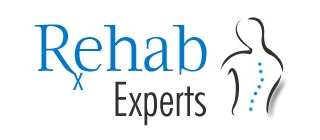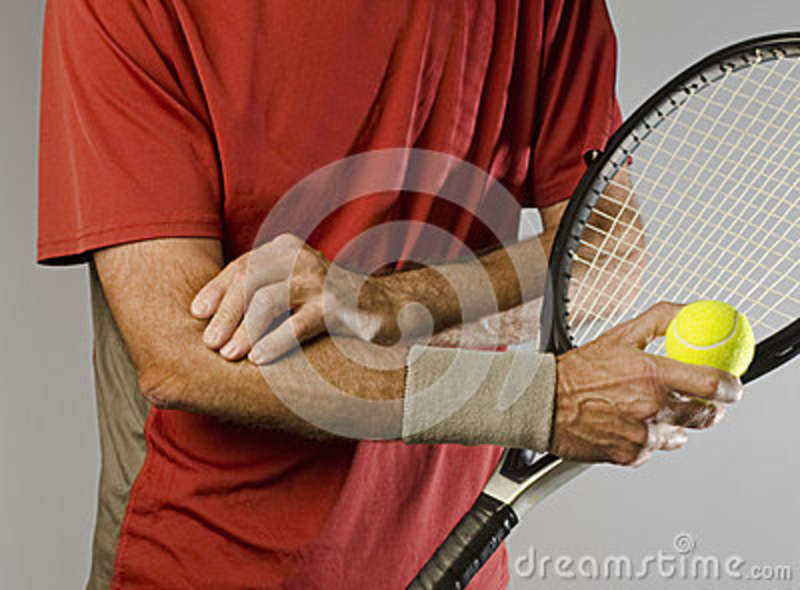Tennis elbow, or lateral epicondylitis, is a painful condition of the elbow caused by overuse. Not surprisingly, playing tennis or other racquet sports can cause this condition. But several other sports and activities can also put you at risk. Tennis elbow is an inflammation of the tendons that join the forearm muscles on the outside of the elbow. The forearm muscles and tendons become damaged from overuse — repeating the same motions again and again. This leads to pain and tenderness on the outside of the elbow.
There are many treatment options for tennis elbow. In most cases, treatment involves a team approach. Primary doctors, physical therapists, and, in some cases, surgeons work together to provide the most effective care.
Anatomy
Your elbow joint is a joint made up of three bones: your upper arm bone (humerus) and the two bones in your forearm (radius and ulna). There are bony bumps at the bottom of the humerus called epicondyles. The bony bump on the outside (lateral side) of the elbow is called the lateral epicondyle.
Muscles, ligaments, and tendons hold the elbow joint together.
Lateral epicondylitis, or tennis elbow, involves the muscles and tendons of your forearm. Your forearm muscles extend your wrist and fingers. Your forearm tendons — often called extensors — attach the muscles to bone. They attach on the lateral epicondyle. The tendon usually involved in tennis elbow is called the Extensor Carpi Radialis Brevis (ECRB).
Modified from The Body Almanac. © American Academy of Orthopaedic Surgeons, 2003.
Cause
Overuse
Recent studies show that tennis elbow is often due to damage to a specific forearm muscle. The extensor carpi radialis brevis (ECRB) muscle helps stabilize the wrist when the elbow is straight. This occurs during a tennis groundstroke, for example. When the ECRB is weakened from overuse, microscopic tears form in the tendon where it attaches to the lateral epicondyle. This leads to inflammation and pain.
The ECRB may also be at increased risk for damage because of its position. As the elbow bends and straightens, the muscle rubs against bony bumps. This can cause gradual wear and tear of the muscle over time.
Activities
Athletes are not the only people who get tennis elbow. Many people with tennis elbow participate in work or recreational activities that require repetitive and vigorous use of the forearm muscle.
Painters, plumbers, and carpenters are particularly prone to developing tennis elbow. Studies have shown that auto workers, cooks, and even butchers get tennis elbow more often than the rest of the population. It is thought that the repetition and weight lifting required in these occupations leads to injury.
Age
Most people who get tennis elbow are between the ages of 30 and 50, although anyone can get tennis elbow if they have the risk factors. In racquet sports like tennis, improper stroke technique and improper equipment may be risk factors.
Unknown
Lateral epicondylitis can occur without any recognized repetitive injury. This occurence is called “insidious” or of an unknown cause.
Symptoms
Location of pain in lateral epicondylitis.
Reproduced with permission from Griffen L (ed): Essentials of Musculoskeletal Care, Third Edition. © American Academy of Orthopaedic Surgeons, 2005.
The symptoms of tennis elbow develop gradually. In most cases, the pain begins as mild and slowly worsens over weeks and months. There is usually no specific injury associated with the start of symptoms.
Common signs and symptoms of tennis elbow include:
- Pain or burning on the outer part of your elbow
- Weak grip strength
The symptoms are often worsened with forearm activity, such as holding a racquet, turning a wrench, or shaking hands. Your dominant arm is most often affected; however both arms can be affected.
Physical Therapy
Acutely, the goals of treatment are to reduce pain and inflammation. Anti-inflammatory modalities include ice, ultrasonography, and iontophoresis. Iontophoresis with topical nonsteroidal anti-inflammatory drugs (NSAIDs) has been shown to help reduce pain. The use of iontophoresis with corticosteroids is not supported. A wrist splint used during activities can be helpful, because it places the extensor muscles in a position of rest and prevents maximal muscle contraction. Counterforce bracing (tennis elbow strap) is another orthotic alternative that can be used to unload the area of muscle origin at the elbow. A splint or brace should not be used in isolation but should be employed only as an adjunct to modalities and exercise/stretching. Deep-tissue and friction massage help to release underlying adhesions and promote improved circulation to the area.
In the subacute stage, emphasis is placed on the restoration of function of the involved muscle group. Flexibility, strength, and endurance of the wrist extensor muscle group can be achieved through a graded program. ROM for wrist flexion/extension and pronation/supination should be achieved prior to proceeding with a strengthening program. Strength and grip training should progress from isometric to concentric to eccentric contractions of the forearm muscles, especially the wrist extensors.
Jafarian et al compared 3 common types of orthoses for their effect on grip strength in patients with lateral epicondylitis.In a randomized, controlled laboratory study in 52 patients, maximum and pain-free grip strength were assessed, with patients wearing an elbow strap orthosis, an elbow sleeve orthosis, a wrist splint, or a placebo orthosis. Use of either the elbow strap or sleeve orthosis resulted in an immediate and equivalent increase in pain-free grip strength (p < 0.02); consequently, the researchers suggested that either of these types of orthosis may be used. The wrist splint provided no immediate improvement in either pain-free or maximum grip strength.
In chronic refractory cases of lateral epicondylitis, scapular stabilization should be addressed to prevent overuse of the wrist extensors during activities. Sports-specific training should also be included in the rehabilitation program, if appropriate.
Occupational Therapy
As activities are resumed, the patient’s vocational and avocational pursuits must be considered. Job and recreational tools and/or equipment may need to be modified, especially if repetitive gripping is required. Gradual resumption of activities is recommended to improve tolerance and prevent recurrence.
References:
Ortho Info http://orthoinfo.aaos.org/topic.cfm?topic=a00068
Medscape http://emedicine.medscape.com/article/327759-treatment

